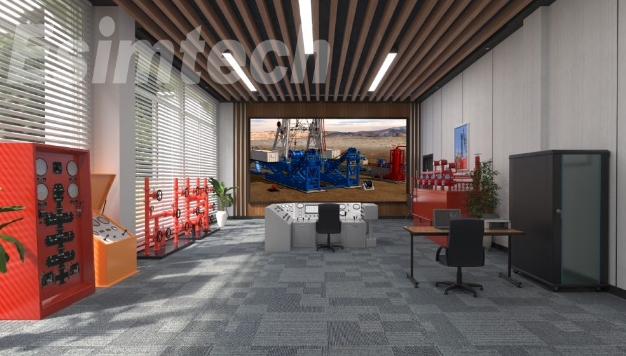The oil and gas industry is under increasing pressure to minimize its environmental impact. While renewable energy sources are gaining traction, oil remains a critical part of the global energy mix for the foreseeable future. This necessitates a two-pronged approach: developing cleaner energy sources and building oil rigs in a more sustainable way.
Traditionally, oil rig construction involves massive steel structures, transportation of large components across vast distances, and energy-intensive processes like welding. These activities take a toll on the environment, contributing to greenhouse gas emissions and resource depletion.
However, a new wave of innovation is transforming how oil rigs are built. Sustainable oil rig construction focuses on minimizing the environmental footprint throughout the entire lifecycle, from material selection and construction processes to decommissioning and potential repurposing.
Here are some key aspects of sustainable oil rig construction:
- Eco-Friendly Materials: Steel remains the primary material for oil rigs due to its strength and durability. However, research is ongoing into using recycled steel or steel alloys with a lower environmental impact during production. Additionally, composite materials are being explored for specific rig components, offering lighter weight and potentially better corrosion resistance.
- Reduced Emissions During Construction: Sustainable construction practices like choosing local suppliers for materials and utilizing energy-efficient processes during fabrication can significantly reduce the carbon footprint of building an oil rig. Additionally, exploring renewable energy sources to power the construction process can further minimize environmental impact.
- Designing for Efficiency: Oil rig design plays a crucial role in sustainability. Advanced modeling techniques can help optimize rig structures for strength and functionality while minimizing material usage. Additionally, incorporating features like waste heat recovery systems or solar panels can reduce the rig's reliance on traditional energy sources during operation.
- Reusability and Repurposing: The concept of a circular economy is gaining traction in the oil and gas industry. Designing oil rigs with modular components allows for easier disassembly and potential repurposing of certain sections at the end of their service life. Decommissioned rigs could also be partially dismantled and recycled for use in other offshore applications.
Building a sustainable future requires a multi-faceted approach. Sustainable oil rig construction is a critical step in reducing the environmental impact of the oil and gas industry. By embracing innovative materials, efficient construction practices, and responsible design principles, the industry can move towards a future that balances energy needs with environmental responsibility.
